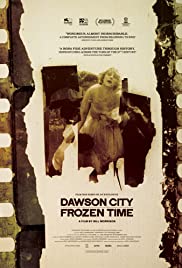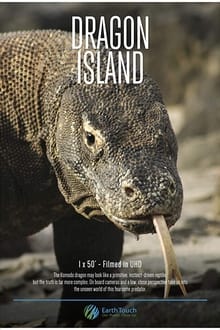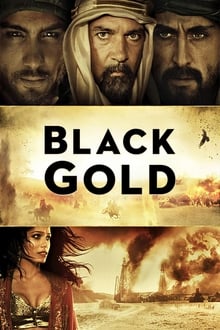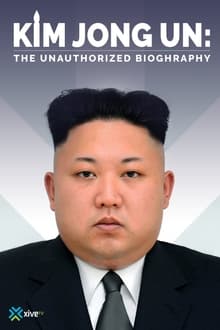
The true history of a collection of some 500 films dating from 1910s to 1920s, which were lost for over 50 years until being discovered buried in a sub-arctic swimming pool deep in the Yukon Territory, in Dawson City, located about 350 miles south of the Arctic Circle.
You May Also Like

Not Available

Argentina continues Saura’s lyrical exploration of the essence, talent and patrimony of popular dance and song in both fiction and documentary

“Plastic Paradise” is an independent documentary film that chronicles Angela Sun’s personal journey of discovery to one of the most remote places on Earth, Midway Atoll, to uncover the truth behind the mystery of the Great Pacific Garbage Patch. Along the way she encounters scientists, celebrities, legislators and activists who shed light on what our society’s vast consumption of disposable plastic is doing to our oceans — and what it may be doing to our health.

Poland, during World War II. Martha Weiss, a Jewish woman, arrives at the Auschwitz extermination camp with her family. She is assigned the role of interpreter, but her loved ones are much less fortunate.

There is an island where dragons still roam. A Jurassic type underworld where ancient warlords still rule. Where they fight for supremacy…where they fight to survive. Komodo Island – deep in the remote basin of the Pacific Ocean – its an ancient Kingdom of fire and brimstone. Here, a string of 452 volcanoes erupt from the ocean bed, its known as “The Ring of Fire” and it’s the perfect habitat for dragons. Komodo Dragons! The largest living lizard on the planet with 34 million years of survival in his DNA. Its no surprise that he’s still known as a dragon, he has the presence of an ancient gladiator. He’s armored in claws and scales, but instead of spitting fire, he spits deadly venom.

Stories from survivors frame this documentary detailing the sex-trafficking trial of Ghislaine Maxwell, a socialite and accomplice of Jeffrey Epstein.

On the Arabian Peninsula in the 1930s, two warring leaders come face to face. The victorious Nesib, Emir of Hobeika, lays down his peace terms to rival Amar, Sultan of Salmaah. The two men agree that neither can lay claim to the area of no man’s land between them called The Yellow Belt. In return, Nesib adopts Amar’s two boys Saleeh and Auda as a guarantee against invasion. Twelve years later, Saleeh and Auda have grown into young men. Saleeh, the warrior, itches to escape his gilded cage and return to his father’s land. Auda cares only for books and the pursuit of knowledge. One day, their adopted father Nesib is visited by an American from Texas. He tells the Emir that his land is blessed with oil and promises him riches beyond his wildest imagination. Nesib imagines a realm of infinite possibility, a kingdom with roads, schools and hospitals all paid for by the black gold beneath the barren sand. There is only one problem. The precious oil is located in the Yellow Belt.

Hidden amongst the rolling mountains and deep forests of the pacific northwest sits a breeding ground for one of the deadliest terrains in the world. Known as a serial killer’s playground, this land once dubbed “Wonderland” due to its grandeur and summer beauty, washes away into nine dreary months of rain that bring gray skies and a falling mist that drives the demons among us to kill. These are THE WONDERLAND MURDERS.

An intimate exploration of Alanis Morissette and her groundbreaking 1995 album Jagged Little Pill.

Eddie Griffin proves once more that he’s one of the world’s premiere comedic talents in his brand-new stand-up special You Can Tell ‘Em I Said It. Eddie unapologetically rips into everything from racial stereotypes to Viagra to the First Lady and will leave you gasping for air as he buzzes around the stage and literally climbs the walls. This uncut, uncensored stand-up special live from Oakland, California will keep you laughing long after he exits the stage and coming back to watch it again and again.

He is the living God of the 9th nuclear power of the world, raised in secrecy to take over the commands of the North Korean regime. Investigators travel to Switzerland, the USA and Asia to find those who really know Kim and try to profile the new leader.